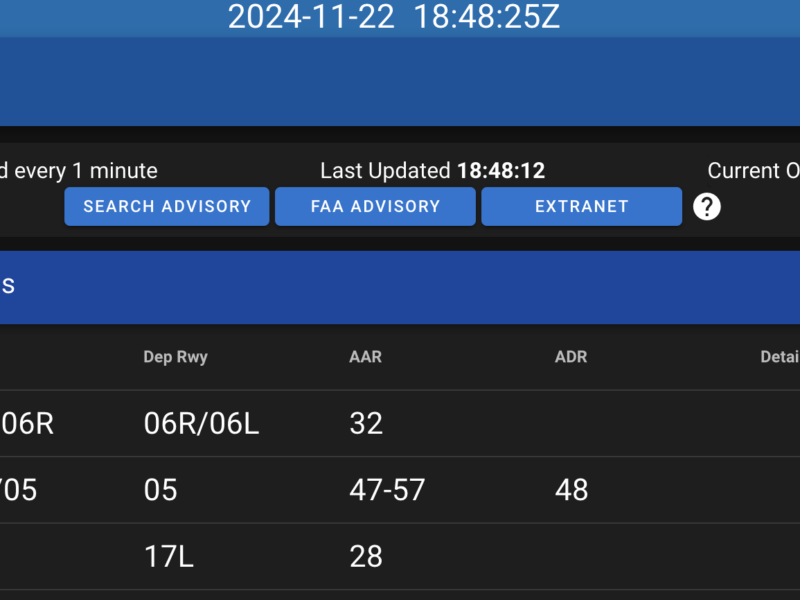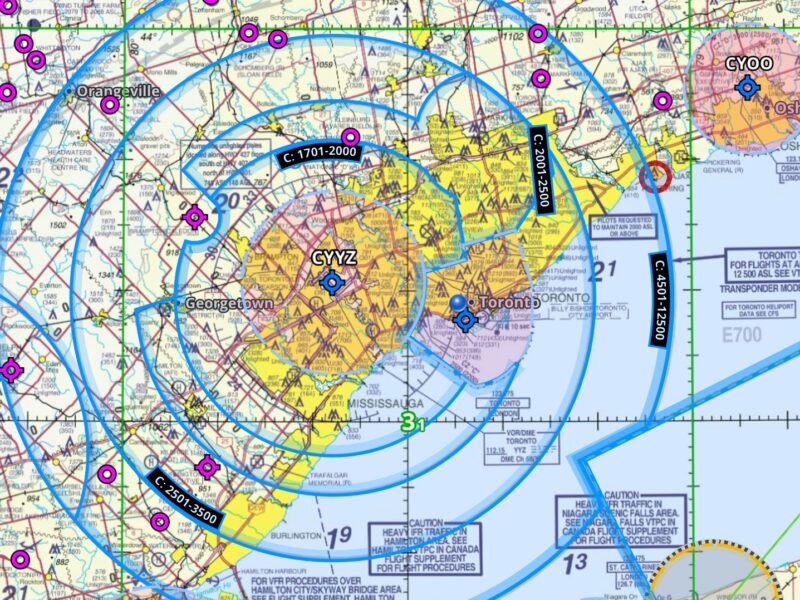Back in January of 2007, I breifly talked about the Canadian Runway Friction Index (CRFI). With the recent winter-like weather in Southern Ontario I figured this would be a good time to go into more detail.
Most progression in aviation safety is usually prompted by a previous accident or incident. The creation of the CRFI was no exception. A Fokker F-28 slid off the end of the runway at Dryden in March 1989, killing 24 of the 69 persons on board. Although the main cause of this accident was due to improper de-icing, the Dryden Commission (among other recommendations, including improving de-icing technologies) stressed the need to come up with a way to measure and apply corrective measures for differing runway surface conditions.
Transport Canada teamed up with NASA (along with French and Norwegian authorities) to come up with a way to measure runway conditions. The study was started in 1996 and it’s aim was the following:
- to study methods of friction measurement and define an International Runway Friction Index (IRFI) for worldwide use;
- to establish an international methodology whereby a common indication of runway conditions can be established worldwide; and
- to study the operational performance of aircraft on contaminated surfaces and establish a relationship with the harmonized index (IRFI).
Tests were performed in North Bay, Ontario, Wallops Flight Facility in Virginia, Oslo Gardermoen Airport, Munich and at Erding Airbase. Tests were also conducted at Prague Airport in the Czech Republic and at the New Chitose Airport, hosted by the Japanese civil aviation authority.
A database was developed and made available that contains test data from over 38,500 runs with 44 devices of 14 different makes. Test surfaces include at least six different ice conditions, packed snow, loose snow from .25 mm to 100 mm, and over 30 wet and dry surfaces. Test temperatures range from -25°C to +10°C.
In the end, two standards were created.. The CRFI as well as an international version called IRFI.
A survey in 2001 was released to over 3,000 airline transport pilots requesting their input on how they use the CRFI. Here are some of the findings:
- In winter 2000-01 about half the pilots reported either remaining airborne until runway friction improved or diverting to another airport.
- Reductions in weight prior to take-off or while en route were far less common.
- Friction values need to be updated more frequently, particularly at small airports, and steps taken to ensure readings are current and have been updated when significant changes in conditions occur.
- Over 20% of pilots of large jet aircraft had not received any formal training on the use of runway friction information, and only half had received training in the previous 12 months
- For landings on runways that are icy or covered with compacted snow, most pilots apply a 15% increase in landing distances, which is a requirement for many aircraft on wet runways.
Even for light aircraft, the CRFI is still an important part of your flight planning. One thing I’ve noticed, especially at Buttonville, is the lack of updates to the reported CRFI. In my experience the CRFI has only been updated once, during the morning, and that’s it. I’m glad they do it anyways.
Tomorrow I will talk about how to apply the CRFI to your flight planning. How to use the available graphs as well as how to calculate any increase in take-off and landing distances. Stay Tuned.
References: http://www.tc.gc.ca/eng/innovation/tdc-publication-tp13361e-13361e-542.htm
[Update 2010/10/27: Updated reference link and made it more clear that the root cause of the Dryden accident was due to improper de-icing]


Blake,
Are you going to this months seminar?
Are the typically very full as to a point you need to go early?
I don’t plan on attending this months seminar.
You dont need to get there early as there is plenty of seating.
You may want to check your data. I do not think the Dryden Crash was a runway friction situation. The Dryden Crash was a wing De-iceing issue. There may have been other Commission Recomendations but the cause was failing to de-ice prior to take off. Or, taking off with known accumulations of ice on the flying surfaces.
Hi Mike,
Thanks for the clarification. Most of this information was retreived from a Transport Canada document, now found here:
http://www.tc.gc.ca/eng/innovation/tdc-publication-tp13361e-13361e-542.htm
You’re right though, the main contributing factor to the cause was due to the lack of de-icing.
I have updated my post.